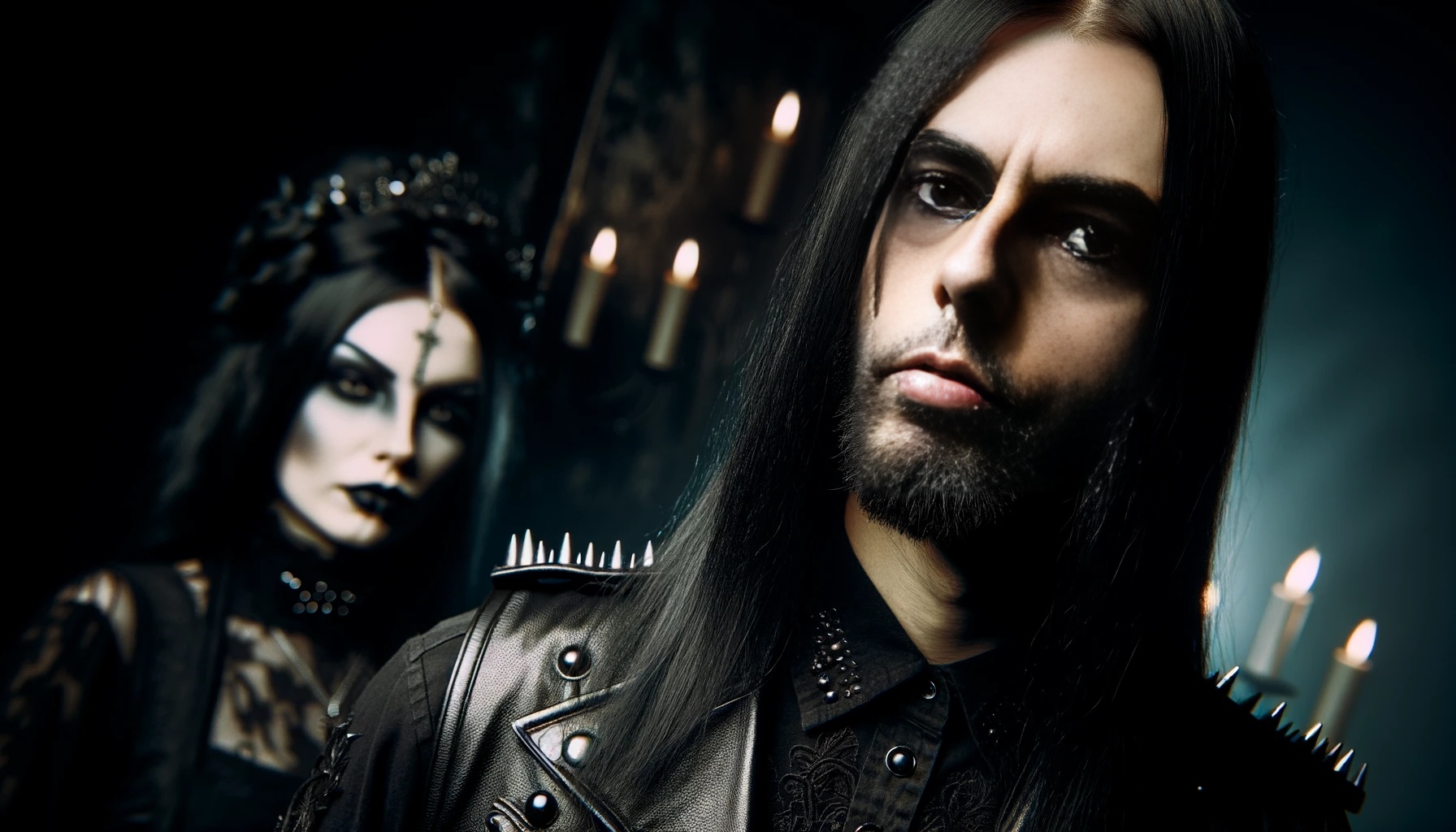The realm of alternative music has always been a fertile ground for the intersection of sound and style, where the evolution of sexuality in fashion finds a particularly vibrant expression. From the audacious display of glam rock to the raw edge of grunge, the transformation within these scenes isn’t just about music—it’s a reflection of cultural shifts in gender norms, sexual expression, and identity politics.

Glam Rock: The Flamboyant Prelude
In the early 1970s, glam rock emerged as an extravagant counterpoint to the somber tones of post-war fashion. Icons like David Bowie and Marc Bolan of T. Rex didn’t just push musical boundaries; their androgynous aesthetics and flamboyant costumes challenged traditional gender roles and introduced a new era of sexual liberation in fashion. Bowie’s Ziggy Stardust persona, with its glitter, makeup, and gender-bending costumes, became a symbol of sexual ambiguity that resonated deeply within the youth culture, advocating for a more fluid understanding of gender and sexuality.
The influence of glam rock extended beyond its sonic contributions. It opened the doors for a conversation about the visual representation of sexuality in music, where clothing became a declarative element of individual identity. The glittering costumes and theatrical makeup were not mere performance enhancers but tools of transformation and defiance against the conservative backdrop of the times.

Punk: Aggression and Provocation
As the 1970s wore on, the punk movement erupted with a raw, unfiltered aggression that stood in stark contrast to the polished theatrics of glam rock. Punk was more than music; it was a cultural rebellion, with fashion as its unmistakable banner. The punk aesthetic, characterized by ripped jeans, leather jackets, and anarchistic symbols, also carried a potent sexual charge. It defied the neat and predictable, favoring an aesthetic that was as chaotic as the music itself.
Punks used fashion to comment on politics, sexuality, and identity. The provocative nature of punk fashion—bondage gear, chains, and spiked collars—wasn’t just for shock value. These elements were symbolic of the punk ethos: a direct challenge to mainstream norms and sexual taboos. In punk, sexuality was overt, raw, and unapologetically public, serving as a form of resistance and empowerment.

Gothic Rock: Dark Romanticism and Mystique
By the late 1970s and early 1980s, the gothic rock scene began to take shape, further exploring the relationship between fashion and sexuality. Gothic fashion, with its emphasis on dark, Victorian-inspired clothing, pale makeup, and an overall aura of mystery and elegance, contributed to a new, darker interpretation of sexual aesthetics. Bands like Bauhaus and Siouxsie and the Banshees exemplified this style, which emphasized an ethereal, otherworldly approach to sexuality.

Gothic fashion was both a continuation and a departure from the sexual narratives of glam and punk. It combined the theatricality of glam with the edge of punk, yet introduced a more introspective and often melancholic view of sexuality. The goth scene embraced complexity in its sexual expression, intertwining themes of romance, death, and fantasy, thus enriching the tapestry of alternative music fashion.

Grunge: Subverting Glamour
Emerging from the late 1980s and gaining mainstream popularity in the early 1990s, grunge music was a radical departure from the elaborate styles that preceded it. Bands like Nirvana and Pearl Jam shifted alternative fashion towards a more stripped-down, understated style. Grunge fashion, with its flannel shirts, ripped jeans, and unkempt hair, rejected the overt expressions of sexuality that characterized much of the previous music scenes.
However, the grunge aesthetic carried its own subtle sexual undertones. Its appeal lay in its authenticity and rejection of the manufactured. Grunge was about rawness and realism, a return to the basics, where the connection between personal identity and fashion seemed more genuine and less performative. This authenticity made grunge deeply relatable, especially for a generation disillusioned by the perceived artificiality of previous decades.

Conclusion
The evolution of sexuality in alternative music fashion reflects broader cultural shifts. Each movement, from glam rock to grunge, used fashion not just as a means of aesthetic expression but as a powerful tool for challenging societal norms and expressing complex sexual and personal identities. This journey from glamour to grunge shows how deeply interwoven music, fashion, and cultural identity can be, and how each new wave reshapes our perceptions of sexuality and style.

For a deeper dive into how sexuality is woven through the fabric of alternative music and its culture, be sure to visit my section at Lina’s Dungeon: Carnal Lust & Sexuality.
And don’t forget to connect with me on my social platforms at Lina’s Socials to stay updated on the latest discussions, looks, and more from the heart of the alternative scene.
In the world of alternative music, fashion is more than just clothes—it’s a language of identity, rebellion, and transformation. As we continue to explore these themes, the dialogue between music and fashion promises to remain rich, challenging, and infinitely fascinating.




